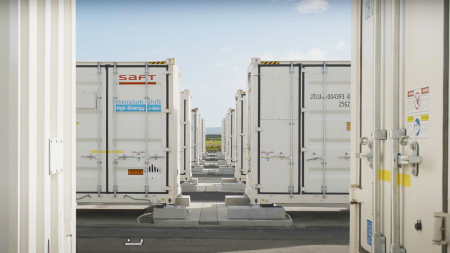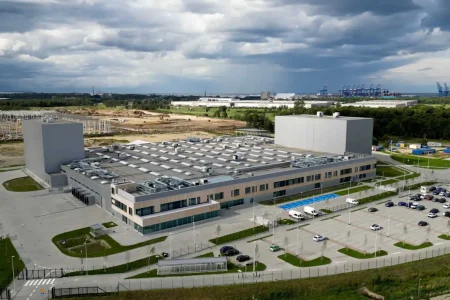Scotland’s commitment to a world-leading target of net-zero carbon emissions by 2045 comes with the possibility to radically transform the Scottish planning system through the upcoming NPF4.
Significant deployment of additional renewable energy capacity, well in excess of historical deployment levels, will be needed to achieve bold climate change ambitions.
The declaration of a Climate Emergency has rendered existing policy frameworks for renewable energy technologies critically out of date, so it is imperative that Scotland takes the opportunity to shape NPF4 so that it establishes a planning system that enables Scotland to achieve its climate commitments in the only way possible – by using renewable energy.
Onshore wind is the single largest source of installed capacity of renewable electricity in Scotland. However, as 2030 approaches a significant number of wind farms will reach the end of their consented operating lives.
These sites will need to either apply for life extensions to continue operating, repower or decommission. If these existing wind farms are decommissioned, then Scotland will lose over half of its existing capacity by 2040, making it much harder to achieve our targets.
Repowering enables the use of the latest technologies to maximize existing onshore wind sites. A National Planning Framework that supports repowering and life extension will be critical in ensuring Scotland continues to be able to rely on a proven, low-cost source of clean energy while meeting its net-zero target.
Meeting Scotland’s ambition to achieve net-zero climate change emissions by 2045 is an unprecedented challenge that will require fundamental and urgent changes in our society and the policies that shape it.
It is viewed that it will not be possible to deploy the level of onshore wind generation needed to achieve net-zero without changing approach to considerations like wildland or landscape impacts and the way they are dealt with in planning decisions to achieve positive development outcomes.
Renewable energy is sustainable development in the long-term public interest and should be weighed appropriately in the planning balance, particularly in the face of the urgent need to increase deployment to combat the Climate Emergency.
It’s important to understand, too, the popularity of onshore wind with the public: UK Government surveys show 78% of the public supportits use, and a study by Survation in 2018 demonstrated those numbers are broadly reflected in rural Scotland, with only 11% opposed to the development of new onshore wind farms.
The decarbonisation of heat over the next two decades will also be one of the greatest challenges in meeting Scotland’s net-zero target.
NPF4 will have an important role to play in facilitating the roll-out of low-carbon heat by increasing usage of heat networks, which enable harnessing renewable sources of heat in rivers, sewers and the ground.
Planning policy is vital given heat networks’ spatial characteristics– they must be built in dense areas and across multiple developments. Development planning in combination with planning obligations and conditions has already proven to be successful in enabling rapid deployment of heat networks in London.
The Scottish Government has proposed a mandatory requirement on local authorities to produce a Local Heat and Energy Efficiency Strategy (LHEES) to zone areas most suitable for heat networks in existing buildings and land for development. It will be vital that NPF4 clearly states that LHEES district heat zones and the new-build areas flagged within them, as well as potential sources of heat, should be integrated into Local Development Plans.
Where appropriate, suitable developments within these zones should be directed to use heat networks through planning obligations and conditions. Scottish local authorities will need direction through NPF4 to achieve this.
NPF4 must provide a framework that enables Scotland’s world-leading climate change ambitions by supporting increased renewable energy generation, committing to radical change in the face of the Climate Emergency and the move to low-carbon heat.








